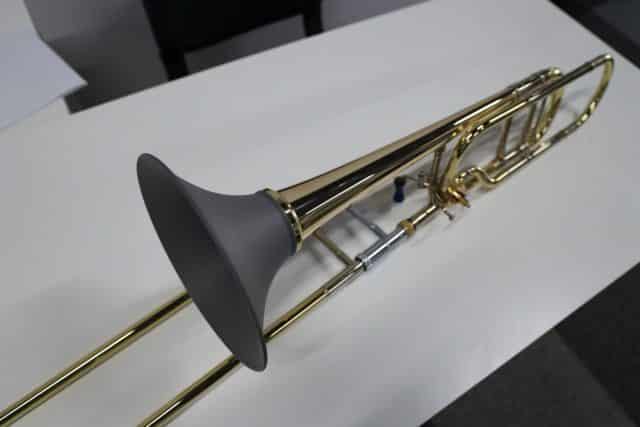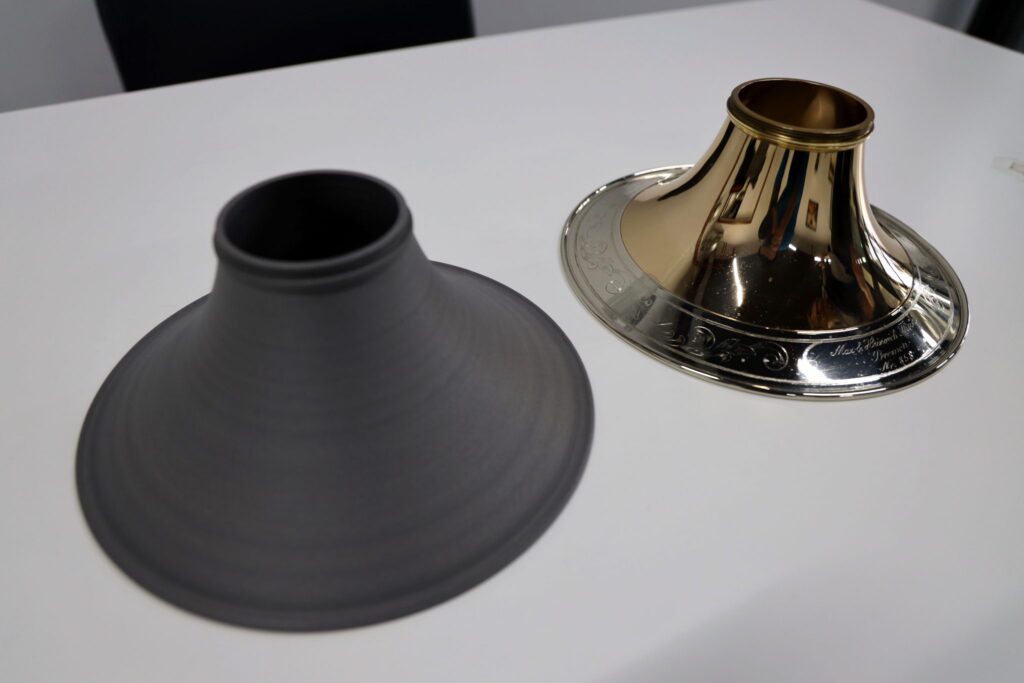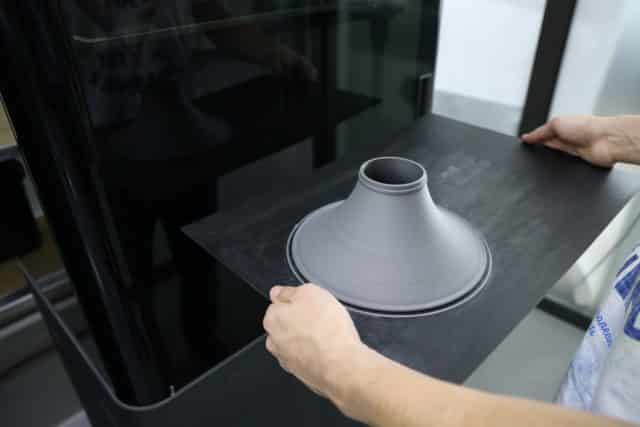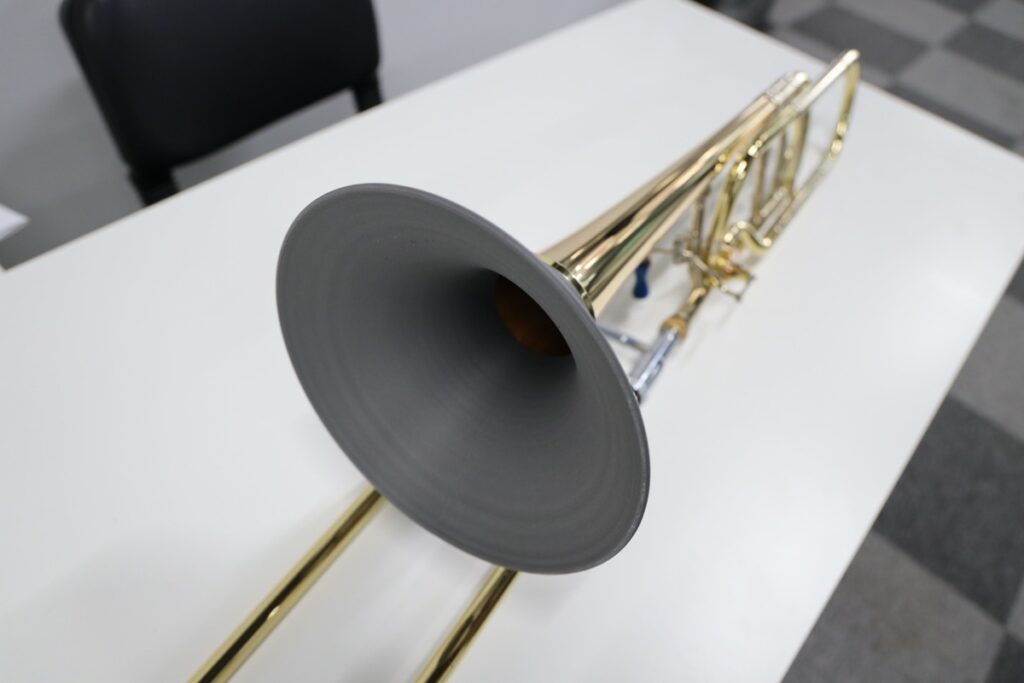It is hard to imagine that brass instruments (named for the metal they are made of) can be made of any other material. However, a recent and melodious project led by LOOP 3D and trombone musician Peter Körner showed that other materials and production methods are also feasible for instrument repair. The production method I am referring to is of course 3D printing. This is the true story of the first 3D printed trombone.
LOOP 3D was founded by Mehmet Erkan Ustaoğlu (also the founder of leading AM distribution company Teknodizayn) and is one of the most interesting 3D printer manufacturers emerging from the vibrant Turkish 3D printing market. In an ongoing effort to differentiate the range of applications it can provide, the company worked closely with German-born musician Körner, whose biography is impressive to explore the use of 3D printing to produce key trombone parts (bells).


Traditionally, brass musical instruments such as the trombone are handmade and made of brass, which are two factors that contribute to the relatively high cost of the musical instrument. Therefore, the joint project between LOOP 3D and Körner seeks to reduce instrument production costs and lead times through the use of additive manufacturing.
“We want to reduce delivery time and costs so that we can reach more musicians around the world,” said Körner of Assoc. Professor of National Conservatory of Music, Uludag University, Bursa, Turkey. “When we learned that the 3D printing process is much cheaper and more flexible for design and production, we wanted to try it.”
The cooperation between the two parties includes the first 3D scanning of the trombone, especially the spiral bell part, which is the trumpet-shaped end of the musical instrument, where the sound is finally emitted. Then use the reverse engineering software Geomagic Design to convert the 3D scan captured with Artec Space Spider into a 3D model.
During the reshaping process, the structure of the clock was optimized for 3D printing. As LOOP 3D explained, the original wall thickness of the instrument was too thin for 3D printing, so the thickness must be increased. The company said: “This makes the 3D printed ringtones sound better, so we retained a thicker design.” LOOP 3D printed and tested many designs to find the best thickness that balances durability and sound, and finally got the best bell structure.
The trombone component was finally 3D printed using LOOP PRO 3D printer and the company’s Dynaamide-GF material, which is an industrial composite filament reinforced with glass fiber. It is worth noting that the bell-shaped part is printed as a separate component without any support, which facilitates the post-production process.
According to LOOP 3D and Körner, compared to traditional all-copper musical instruments, the 3D printed bells sound good when installed on the trombone. Obviously there are some differences: for example, overtones and projections are the lowest than the original hand hammered 0.4 mm thick bell ring, but the sound response and sound quality are more convincing than the original. Although 3D printed parts may not be as durable as the original brass bells, they are much cheaper to produce and have the advantage of lighter weight.
All in all, the 3D printing experiments conducted by LOOP 3D and Körner show that the technology has the potential to be used in brass instruments, especially when time and cost are key factors. Obviously, we won’t start seeing 3D printed trombone on stage anytime soon, but for beginners, open-air concerts, and practicing musical instruments, this may be an interesting choice. By the way, 3D printed bells are 70% lighter than traditional brass bells, which is an important factor when musicians play for a long time.
According to LOOP 3D: “The key benefits of using 3D printing were design freedom, which led us to find the optimal design easily; the short production times, which led us to achieve end-use results within a day; and lower prices compared to traditional methods. Also, the design freedom enables us to make custom products without the limitations that traditional methods have.”


